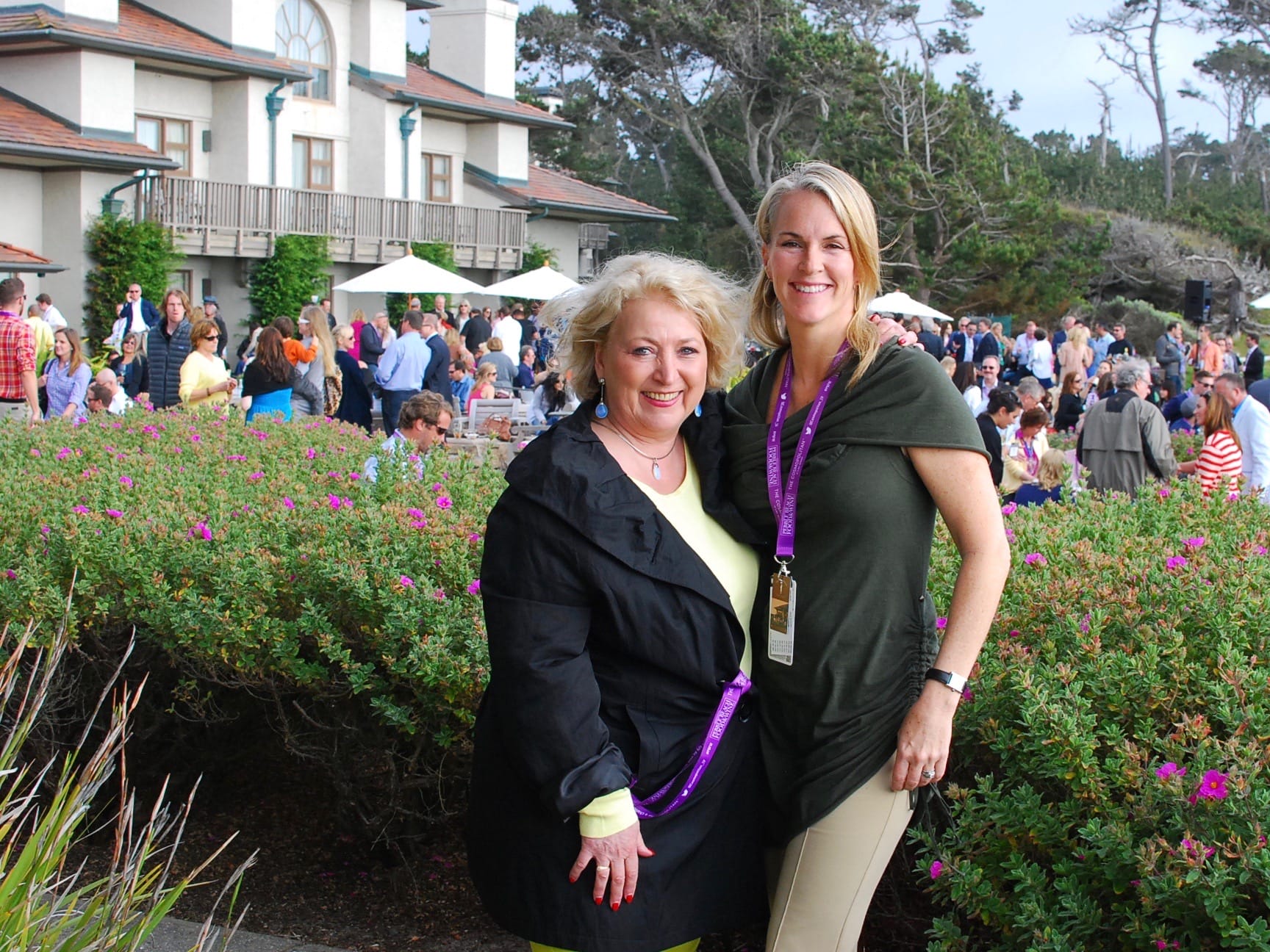INTERVIEW CONTINUED FROM PREVIOUS PAGE
What are the different varietals of caviar you’re producing?
Keane: With California, it has to be indigenous to the Pacific Northwest…Around the U.S., if you have an indigenous species, you can only farm that species. The Northwest, from Alaska down to Baja, it’s Acipenser Transmontanus, white sturgeon. Other parts of the country are doing Acipenser medirostris. It’s the hardiest and the sturdiest fish to start farming.
Angela said you’re producing the sturgeon in Poland and Germany.
Keane: We work with farmers around the world. I go to China. I’ve gone around the world to source from the best farms. Like Angela said, I’m in a rare position where I’ve actually made caviar, farmed and raised sturgeon and worked with farms and Ph.D.s to perfect the art and pioneer a brand new industry. Very few marketing companies have farms, and very few farms are marketing companies. We cross that bridge.
So the new industry is sustainable?
Keane: It’s farming sturgeon. Nobody farmed sturgeon prior to 2000. They were working with it, and scientists were trying to do it through unique productions, but aquaculture’s a new industry and very little of it is regulated. Now there’s more and more regulation, and now 60% of your seafood is from a farm.
Your caviar is already available?
Keane: Our caviar, we source from all over the world, and we’re looking at different species when you’re talking about products from around the country, and around the world. For us, the more we can support a sustainable, correct caviar, I will not carry other species, I will only carry correct caviar.
Is it all sustainable already?
Right now everything you see out there is completely farmed and should be farmed…However, one was just put on the ledge, or sustainable seafood watch, by Monterey Bay Aquarium. That is the hackle fish. You may find that, but that may be banned.
If these new regulations didn’t come about, would there have been a reason for a company to become sustainable?
Keane: If you always had wild caviar, you do have prehistoric species, no, I don’t think you’d have companies going to sustainable. You would have organic. We work with Whole Foods and want to meet all of their requirements with things like herbicides. For me, that’s my world. We’re in Calfornia, California caviar, and wanted to be organic wherever we can. No pesticides, herbicides, antibiotics.
Köehler: And we don’t want to contribute to the destruction of species.
Keane: Right. We need to protect the environment and our bodies as well.
Köehler: The reason why we’re both so interested to collaborate is we don’t kill the sturgeon. We just massage the ovulated eggs, as I told you before, and for those to fall into the body cavity, we just massage gently out of the fish, and we use these calcium signaling molecules to stabilize the membrane and then we can sell it as any other caviar.
Then the sturgeon go back into the water?
Köehler: They go back into the water, to come back next year…This is also something that fascinates both of us. Also, the quality is very, very good. We have an absolutely clean egg.
What are the different kinds of sturgeon that you sell?
We start with Acipenser Transmontanus We do have Acipenser Transmontanus, which is a Russian sturgeon. We do have Beluga, and we also make on order, Oscierte caviar, which is from albino sturgeon. We have access to albinos, which are very valuable, and are very difficult to breed. If we get an order a half a year before, we can process this valuable, rare caviar.
What are the yellow eggs that we’re looking at now?
Köehler: These are yellow, golden eggs. What we can do, by the process, is customize the texture of the caviar. We can produce pearl-like, which we have here, and we can produce a soft, tender almost melting caviar.
Do you have infusions too?
Keane: No, we don’t do infusions.
Köehler: We leave it as it is, with a low salt content. Due to the cleanness of the eggs, we have a shelf life of nine months from the production date. Caviar needs to mature two to three months.
Why the name Vivace?
Keane: Vivace is the name of the company…It comes from two words: vive, which is live, and Acipenser is the name for the sturgeon, so “living sturgeon.”
Köehler: Let the sturgeon live.








Leave a Comment